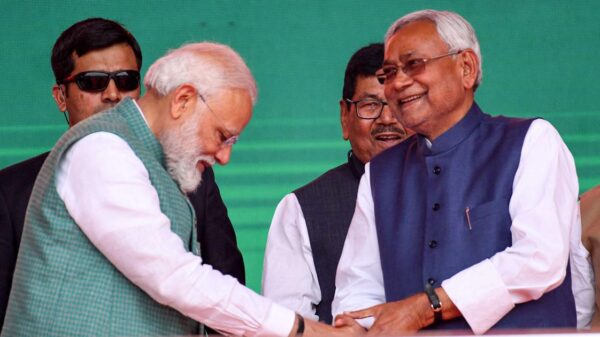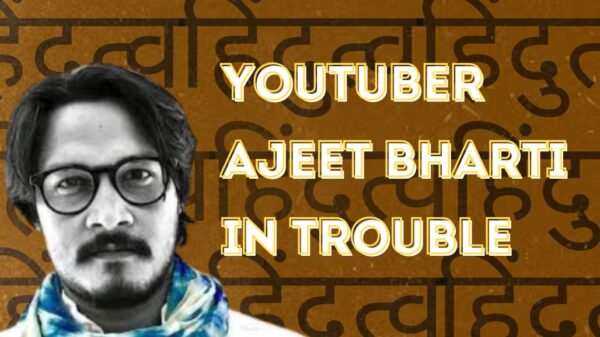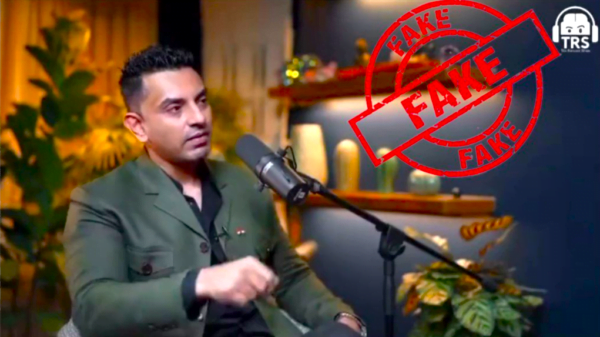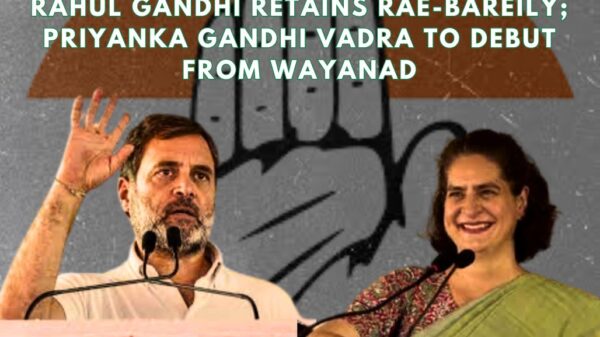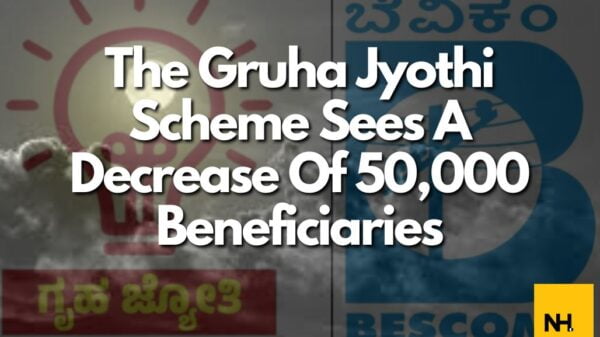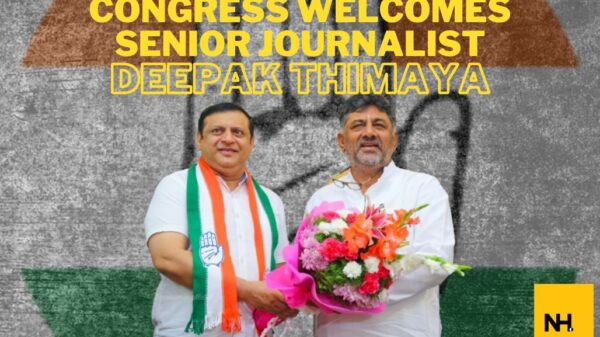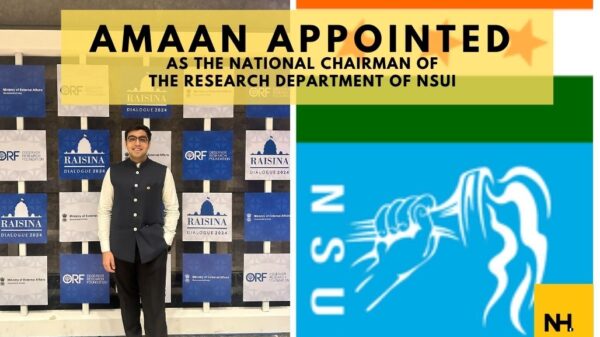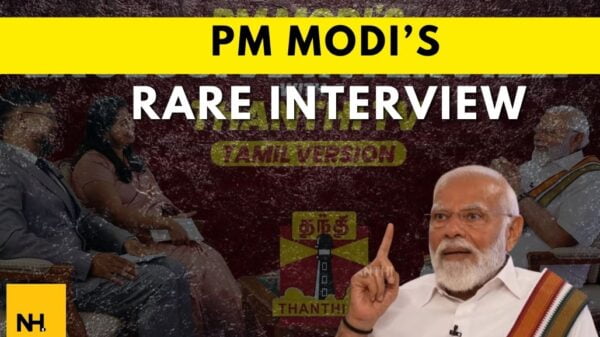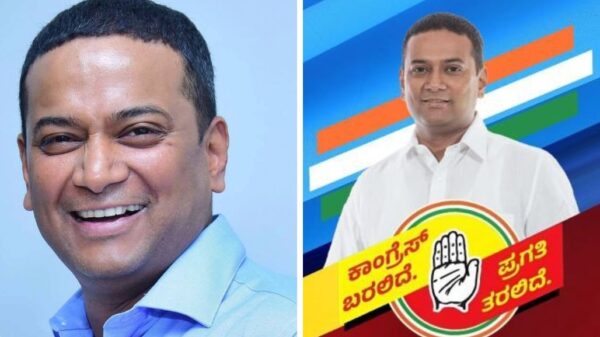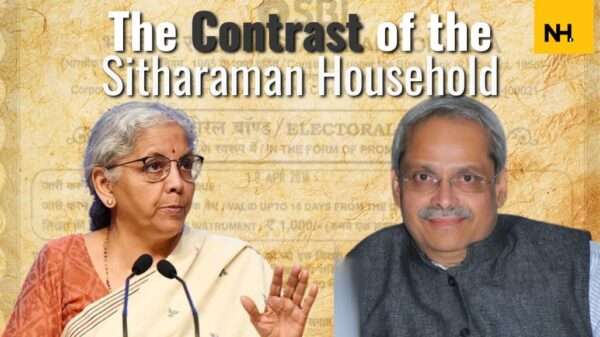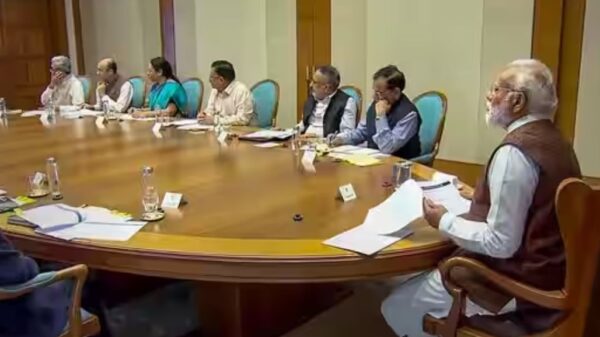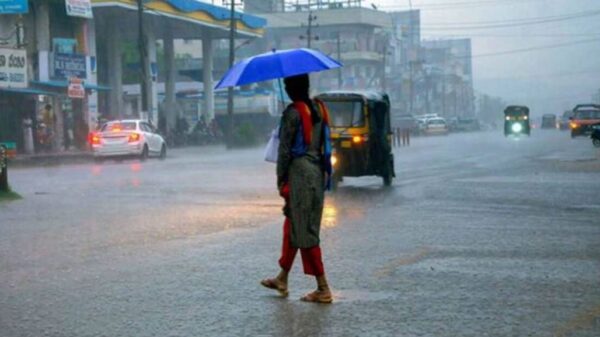
In 2018, while speaking in the ‘Times Now’ panel, Indian Union Minister for Road Transport and Highway made a statement which took the entire nation by a storm. “Vijay Mallya is not a fraudster, he is a defaulter. As long as he was making payments, his was the prime account of Sicom, but when he failed to do so for the first time in 40 years, he became an overnight fraudster.This mentality is not correct”, said the minister.
While many saw this as a “soft corner” held by a minister for the liquor baron, others saw some substance in what he said. Was the minister here, hinting at the much larger problem with the approach of Indian media towards such issues? Was he talking about the fundamental errors in attribution by journalists’?
In an essay published in 2018, Dr. Saul McLeod defined the fundamental errors in attribution. “It is the tendency of individuals to over-emphasize dispositional, or personality based explanations for behaviors observed in others, while under-emphasizing situational explanations”, wrote Dr. McLeod.
Coined by Lee Ross, “Fundamental attribution errors” today has become one of the root concepts in social psychology.
Many professions are of a nature, where dealing with people is imperative. Attribution errors become more frequent in such cases, which increases the need for the professionals to be more aware of their society.
Journalism is one such profession, in which the fulcrum of all the activities is the people. Considering that journalists interact with their social surroundings more than any other professions, their susceptibility to falling prey to the errors of attribution also increases.
In a country like India, which has had a historically and linguistically heterogeneous population, attribution errors due to lack of understanding of its cultural fabric, are very probable. In one of their articles, focusing on the avoidance of common errors, “Masterclass” pointed out ‘Victim Blaming’ as one of the examples of errors in attribution. The concept of ‘Media Trial’ directly falls under this category.
In 2016, when the JNU controversy drew the attention of the entire country, many criticized the media for its blatant pro government and one sided judgement of the entire episode. The speeches which were termed as seditious and those involved in it became anti nationals overnight. Before the accused were convicted in the Indian court of law, the entire country had already formed its opinion, thanks to the one sided narrative by the national media.
Errors of attribution are common in film reviewing. The celluloid form of entertainment is an extension of modern art, it has its own dimensions and interpretation. While critiquing such pieces of art, one cannot help but miss out certain aspects of it. Misjudging the intentions of the character or reading the plotline in an unintentionally unusual way can also be counted as fundamental errors of attribution.
Indian media’s reporting of the Naxalite topic has received a fair amount of interest from all corners. While some channels are called out for their “pro naxalite” views, others are blamed to be overtly “jingoistic” in their approach. Seldom do we see any neutral or objective pieces on such matters, at least in this part of the world.
What to keep in mind while reporting?
Journalists are often required to be on field and interview people. Be it the situations of floods, elections, or the reaction of the locals after an Indian team’s victory. The answers given by them completely depend on the nature of questions asked and the format of the end product.
Camera angles, length of the answer and the approach of the interviewer can give an entirely different picture than what was initially intended by the interviewee.
Fake news is one of the modern day evils. The reason for spreading fake news varies from political to financial, although sometimes it happens unintentionally. Fake news is not only the twisting of facts but also exaggerating the material at hand. A less subjective or a less detailed piece of writing which allows fake news to be circulated can also be caused by errors in attribution.
Having said that, one simply cannot avoid the attribution errors in its entirety, journalists are no special beings. Although by being aware of one’s own bias, being objective and functioning solely on facts, can help them in nullifying it to a level at least.
While writing for the Navigator, Wilson Lievano listed down a few precautions which journalists could take to avoid attribution errors. Taking down notes, reliance (not over-reliance), and organized reporting were given special importance in the same.
Featured Image – Pixabay.com




